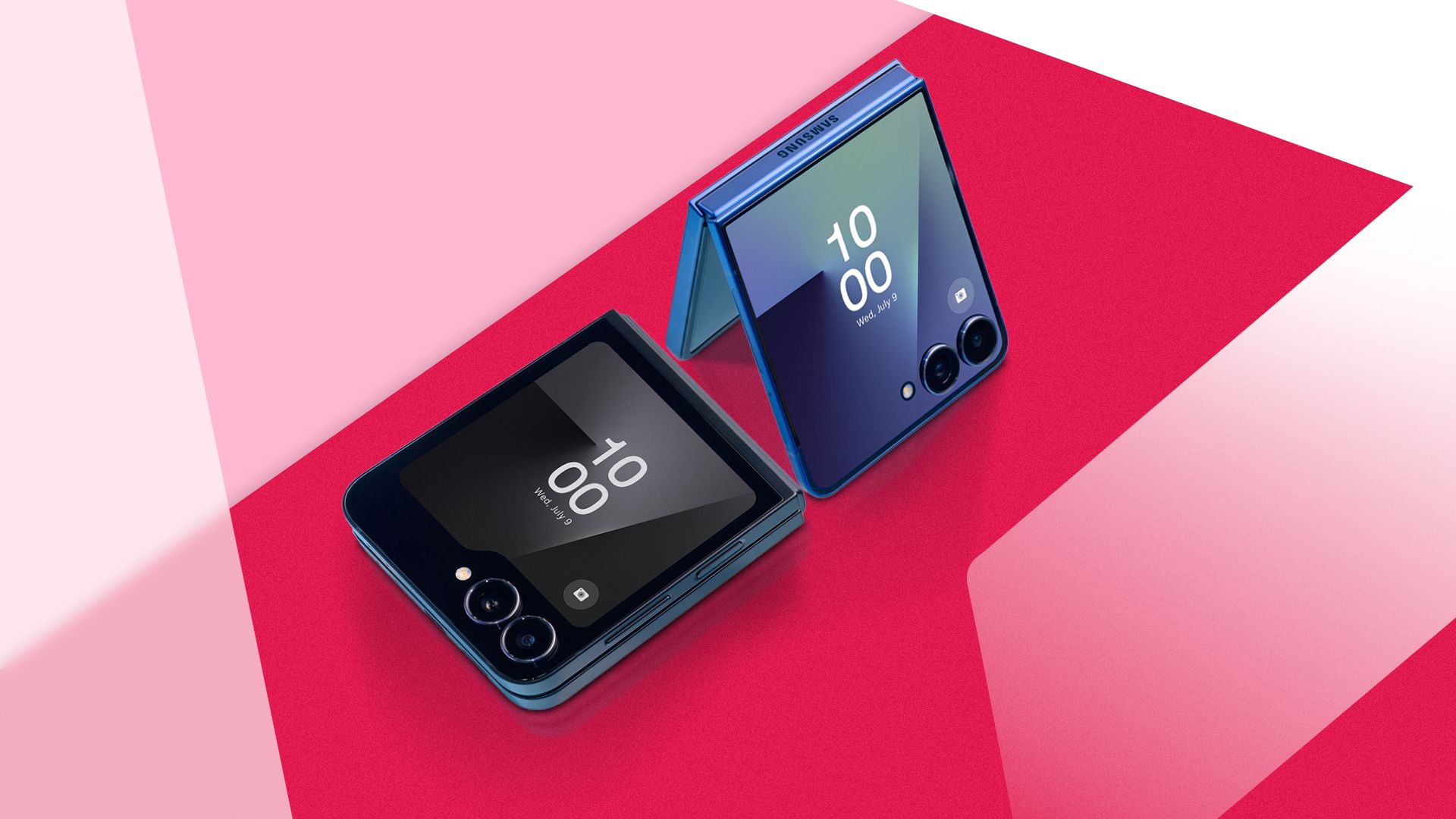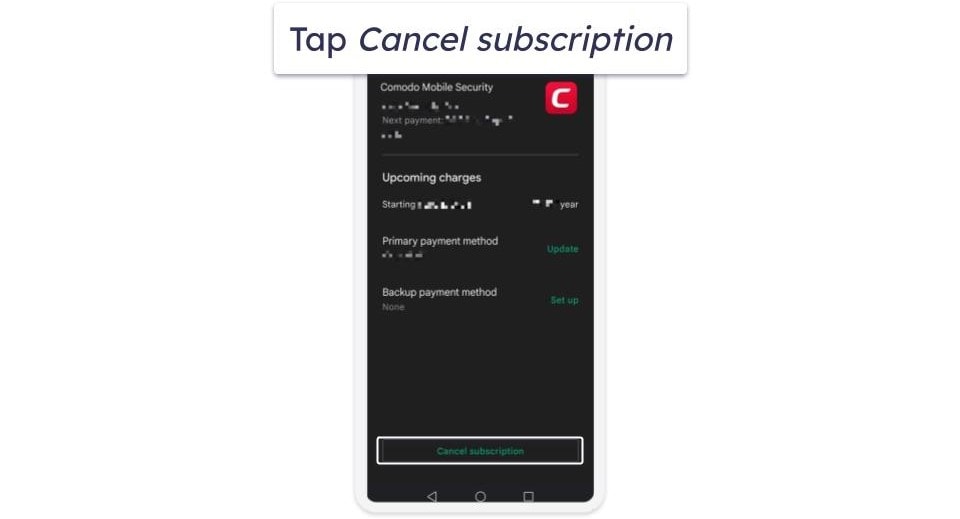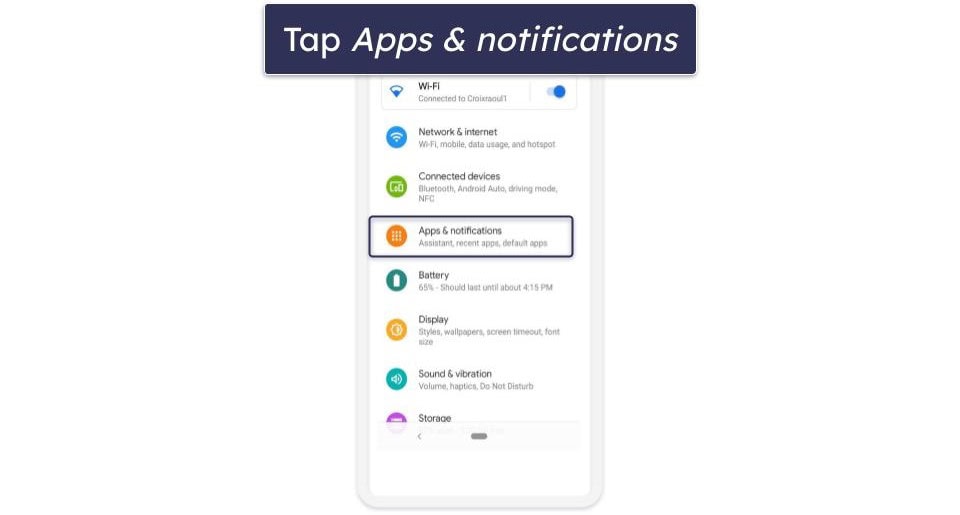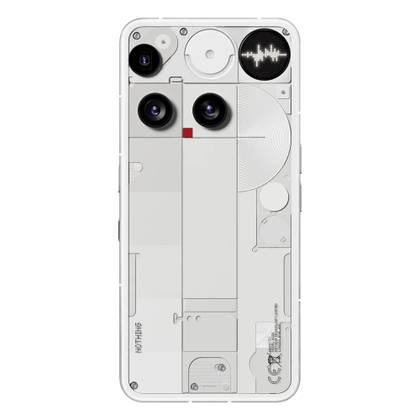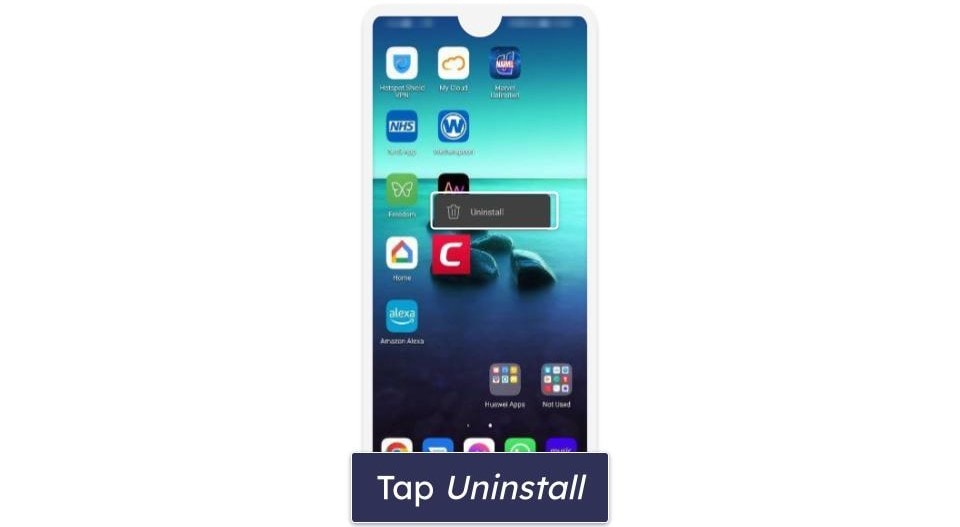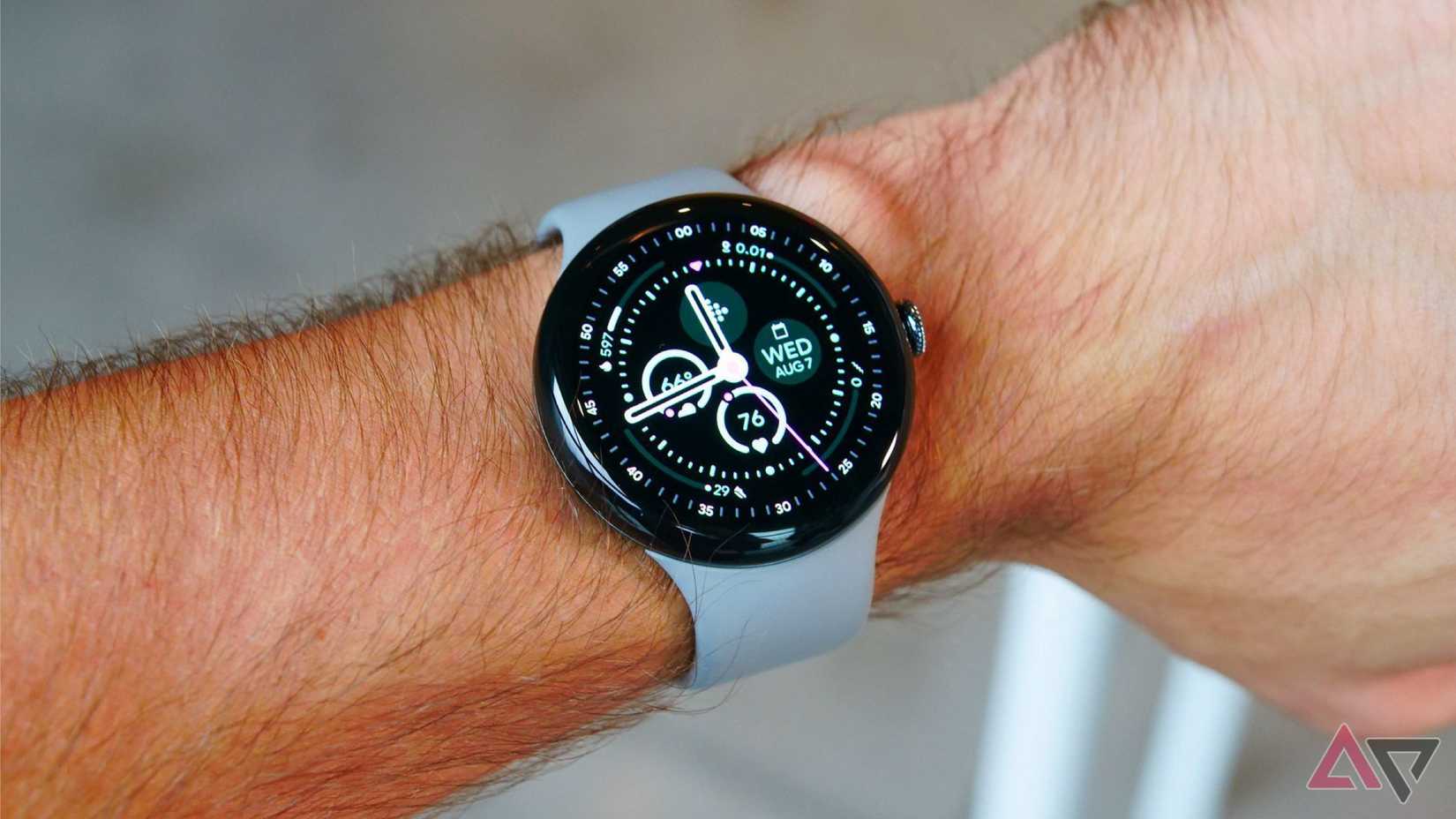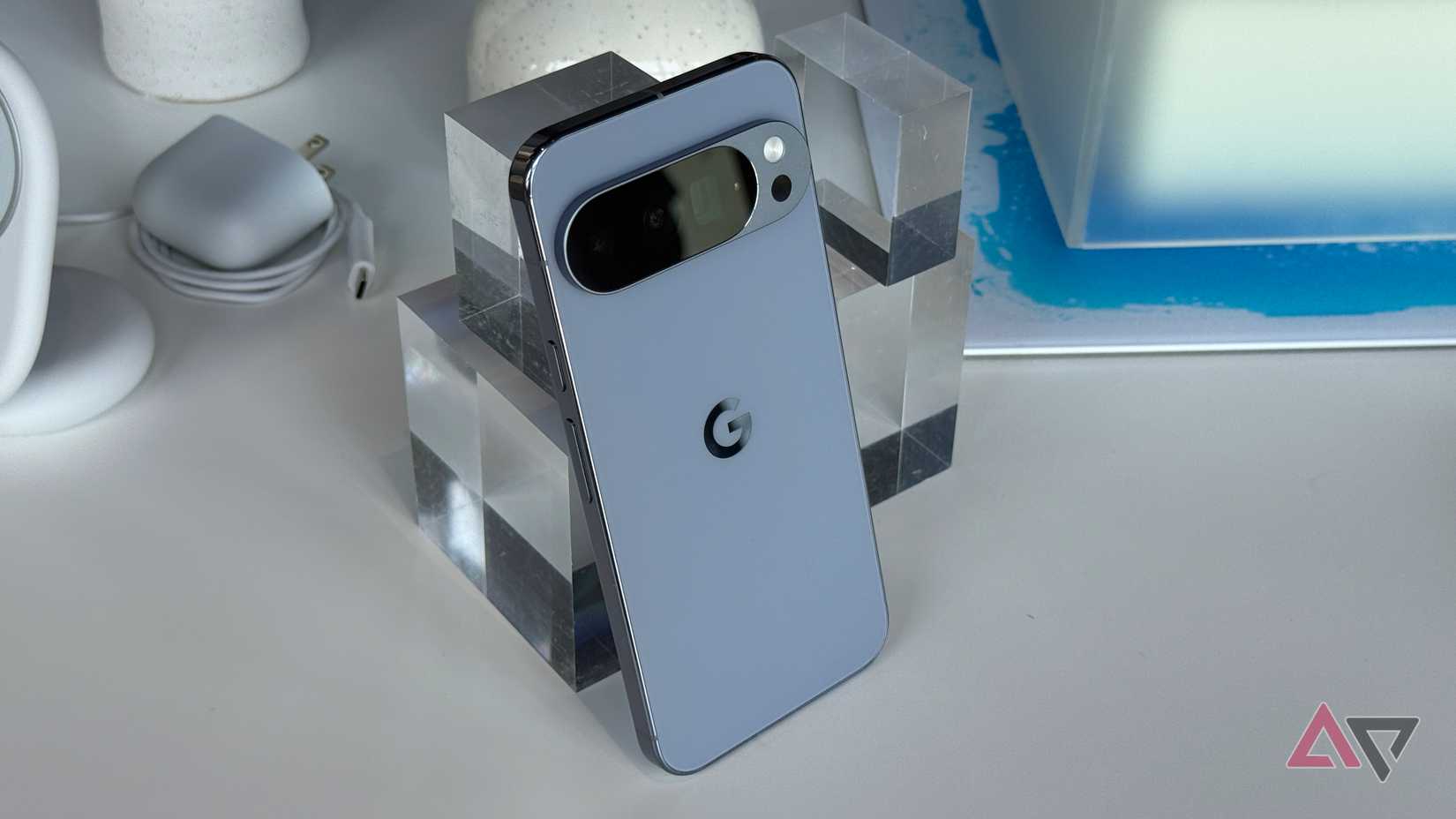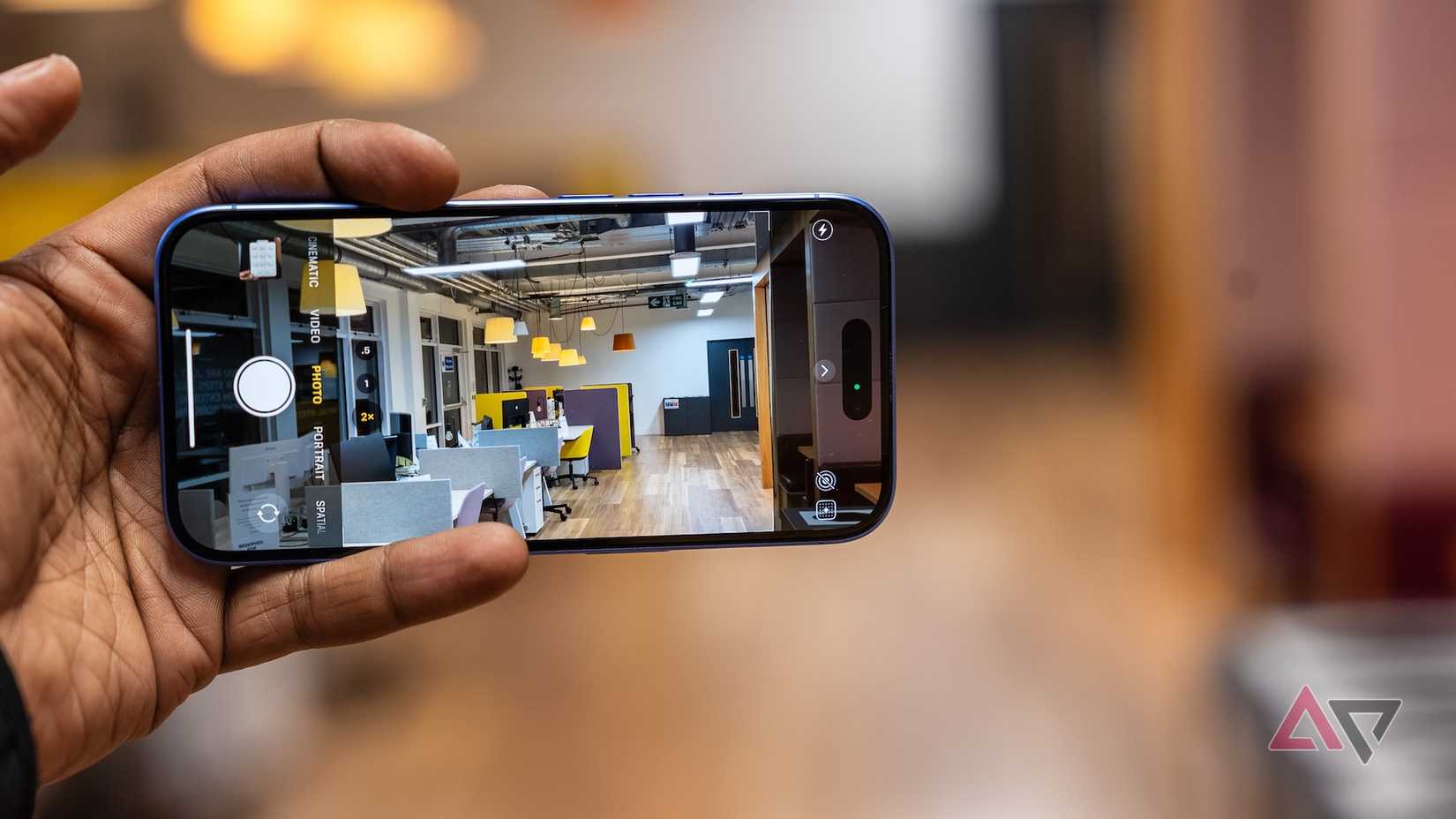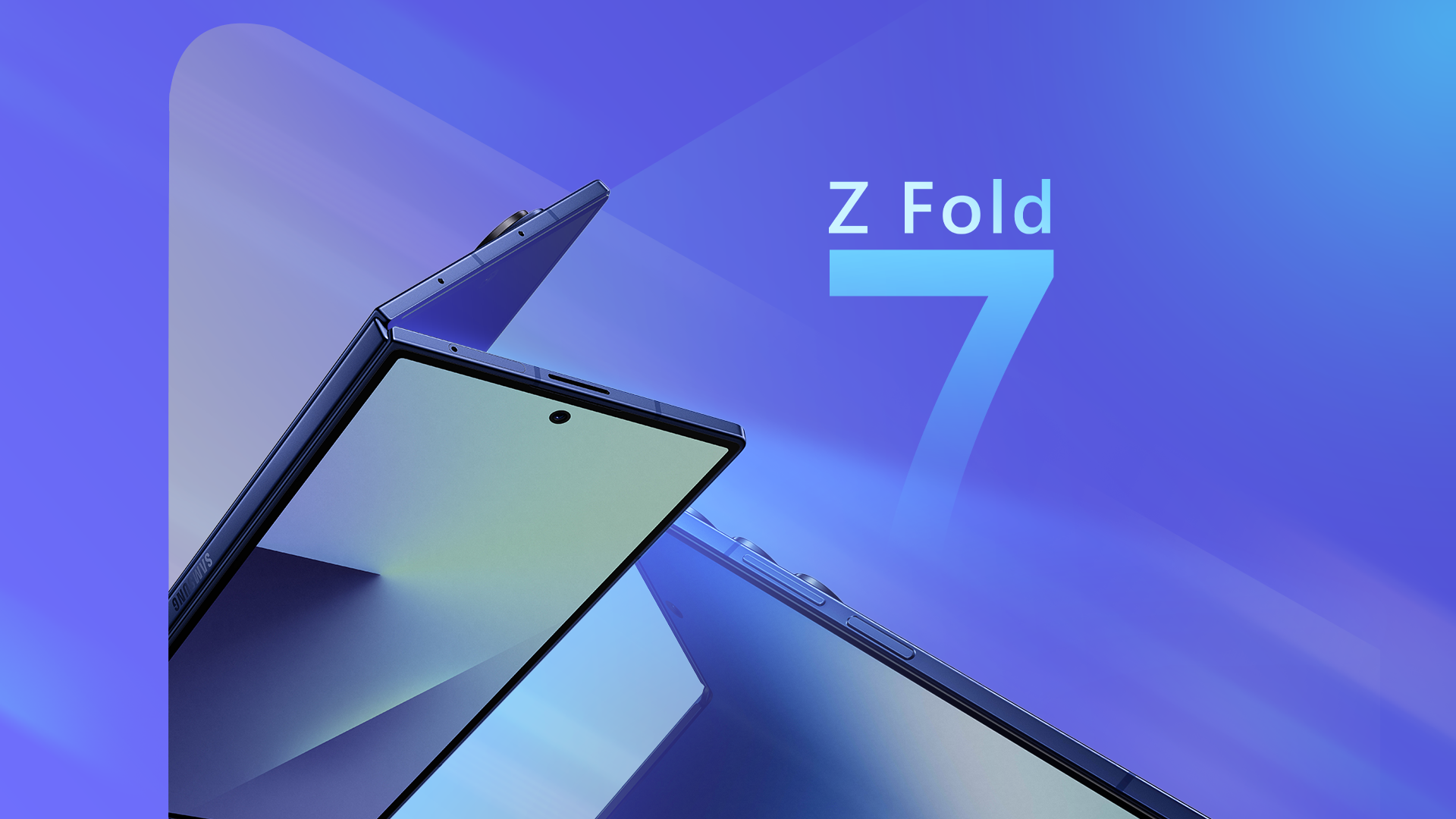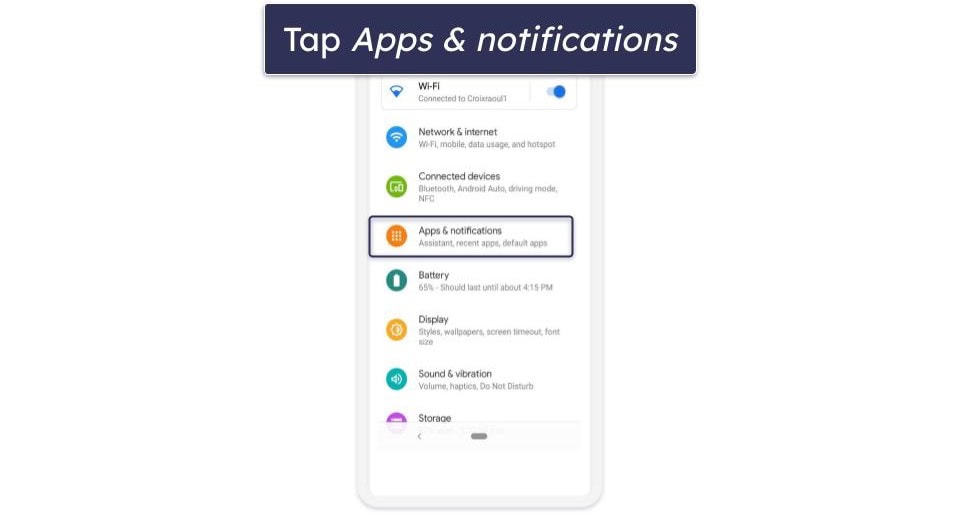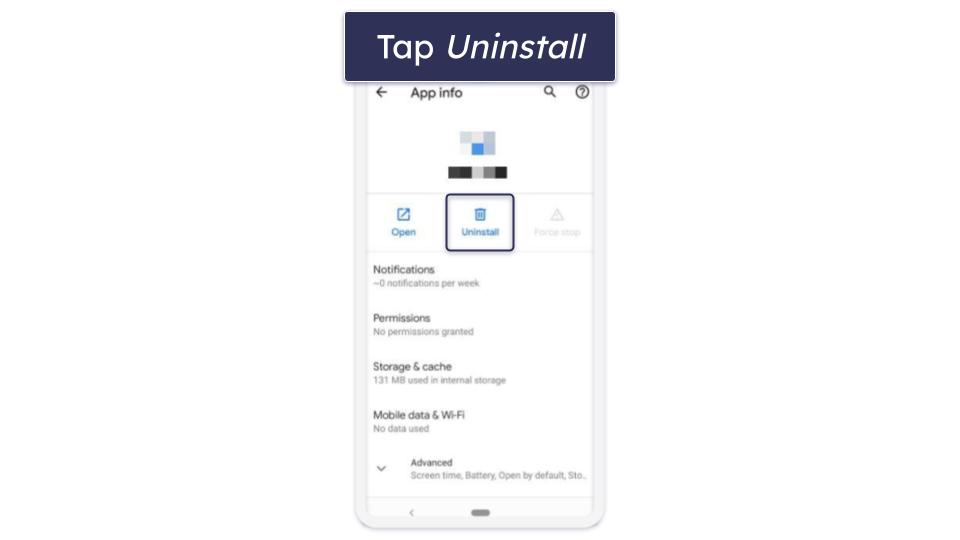The foldable era is no longer a novelty. It has matured into a polished, mainstream option that continues to improve with each release.
With the launch of the Samsung Galaxy Z Flip 7, Samsung is doubling down on the clamshell form factor it helped popularize.
At first glance, the Flip 7 might seem like a modest update over the Flip 6, but is it? This comparison breaks down every major difference between the Flip 6 and Flip 7.
This guide is for Flip users considering a switch to the new model. It’s also a helpful starting point for anyone exploring foldables for the first time.
6
Samsung Galaxy Z Flip 7 is thinner, flatter, and easier to carry
The Flip 7 is noticeably thinner when closed, thanks to a slimmer hinge. It’s Samsung’s thinnest Flip yet, measuring 13.7 mm when folded and 6.5 mm unfolded, compared to the Flip 6’s 14.9 mm and 6.9 mm.
The new design reduces the pocket bulge and makes it feel better in the hand. The camera module has been slightly downsized to sit more level with the surface.
Despite the thinner build, the Flip 7 still weighs around 188 grams, nearly the same as the Flip 6. Slight increases in width help accommodate the larger screen and give the Flip 7 a more slab smartphone feel when open.
Samsung has continued to reduce the fold crease. The Flip 6 already featured a subtle crease. With the Flip 7, Samsung further refined the hinge design and display layering. It is less visible than ever.
This year’s Galaxy Z Flip 7 is available in Jet Black, Blue Shadow, Coral Red, and a Mint variant exclusive to Samsung’s online store. All models feature a matte finish, which helps reduce fingerprints and gives the phone a cleaner look.
5
FlexWindow is bigger, brighter, and far more useful
The Galaxy Z Flip 7’s most eye-catching upgrade is its cover display. Samsung expanded the FlexWindow to 4.1 inches corner to corner, up from the Flip 6’s 3.4-inch cover screen.
With thin 1.25 mm bezels, the OLED panel stretches the entire front face, leaving only space for the dual camera cutouts.
Samsung also increased the refresh rate to 120 Hz, a jump from the Flip 6’s standard 60 Hz, and pushed the peak brightness to 2,600 nits from 1,600 nits for better visibility in bright environments.
Samsung’s One UI makes full use of the extra space. It added new animations for camera countdowns, palm selfies, and recordings.
Widgets are now more stackable and practical, and the cover screen can run a wider range of full apps with support from Samsung’s Good Lock.
Samsung has also suggested that more third-party apps will become available for the FlexWindow.
With these improvements, the Flip 7’s cover screen experience now matches rivals like the Motorola Razr, closing the gap where the Flip 6 had previously fallen behind.
4
Samsung moves away from Snapdragon for the Flip series
Another headline this year is Samsung’s decision to equip the Galaxy Z Flip 7 with the Exynos 2500, built on a faster 3nm architecture. This marks a shift from the previous reliance on Snapdragon.
Early benchmarks suggest promising performance compared to last year’s model. Still, real-world use will ultimately reveal how this change impacts image processing, battery life, network stability, and sustained performance under demanding tasks.
While I initially wished Samsung had used Qualcomm’s Snapdragon 8 Elite, the more powerful chip featured in the Galaxy Z Fold 7, the choice makes more sense when considering the Flip series’ target audience.
This line is designed for users who value looks, portability, and convenience in daily use, rather than intense multitasking or raw power. The decision to use the Exynos 2500 aligns well with these priorities.
The previous Exynos 2400 had already narrowed the performance gap with Snapdragon, and my expectations are high for the 2500, especially given its strong track record in battery life.
Moreover, by selecting the Exynos chipset, Samsung can balance performance and cost.
3
Battery capacity gets a small bump with big-time goals
Another welcome upgrade to the Galaxy Z Flip 7 is the battery capacity. Samsung managed to fit a 4,300mAh battery in the Flip 7, up from the 4,000mAh cell in the Flip 6.
While a 300mAh difference might not seem huge, it could lead to noticeable improvements in battery life when paired with the new Exynos processor.
Samsung claims the Galaxy Z Flip 7 can deliver up to 31 hours of video playback on a single charge. This is big talk. The real result will depend on how the new chip handles power.
For now, Samsung is sticking with conventional battery tech, choosing not to adopt silicon-carbon cells like some competitors, such as Honor.
2
Same lenses, new tricks
On paper, the Galaxy Z Flip 7’s camera hardware is identical to the Flip 6’s, with both models featuring a 50MP main sensor and a 12MP ultrawide lens.
However, the Flip 7 sets itself apart through software additions made possible by the larger Flex Window.
This expanded cover screen unlocks new camera features like improved auto-framing, better animations, and fluid previews. With the addition of the Pro Visual Engine, Samsung promised better noise reduction, low-light video, and 10-bit HDR video.
Still, don’t expect a big jump. It would’ve been nice to see a hardware upgrade, like how the Galaxy Z Fold 7 got with its 200MP sensor.
1
The cover screen is now more than a notification window
The Galaxy Z Flip 7 comes with Samsung’s One UI 8 and runs on Android 16 out of the box.
One of the standout additions this year is the Samsung DeX, available on a Flip model for the first time. This allows the Flip 7 to double as a workstation. Flip it open, connect to a screen, and get a full suite of PC-like tools for multitasking.
While there’s some curiosity about how well DeX performs on the Exynos chip, it’s still a welcome addition.
Samsung is also marketing the Flip 7 as a pocketable AI powerhouse, and that promise is evident in the software experience.
One UI 8 introduces an expanded range of Galaxy AI features, building on what was offered in the Flip 6 and tightening Gemini integration. Thanks to the larger FlexWindow, AI tools can now be used from the cover screen.
For example, the Now Bar is accessible directly from FlexWindow, providing at-a-glance updates on your schedule, upcoming appointments, and more.
If you want to get the most out of the FlexWindow, install Good Lock as it turns the FlexWindow into a fully functional second screen with extra features and customizations.
Not essential, but hard to ignore
If you’re happy with your Flip 6 and its current features meet your needs, there’s no urgent reason to upgrade. Aside from the larger cover screen and the addition of DeX, you’re not missing out on anything essential.
The Flip 6 will continue receiving software updates and remain capable for at least a few more years.
If you can resist the temptation of the screen, it might be worth waiting to see what the Flip 8 brings. Hopefully, a much-needed camera upgrade.
On the other hand, if you’re new to foldables or coming from a Flip 5 or earlier, the Galaxy Z Flip 7 is an excellent buy. It represents Samsung’s foldable vision at its most refined yet.
Your comment has not been saved
Samsung Galaxy Z Flip 6
$1100
Save $150
- SoC
-
Qualcomm Snapdragon 8 Gen 3 for Galaxy
- Display type
-
AMOLED (internal and external)
- Display dimensions
-
6.7″ (main), 3.4″ (cover)
- Display resolution
-
2640 x 1080 (main), 720 x 748 (cover)


